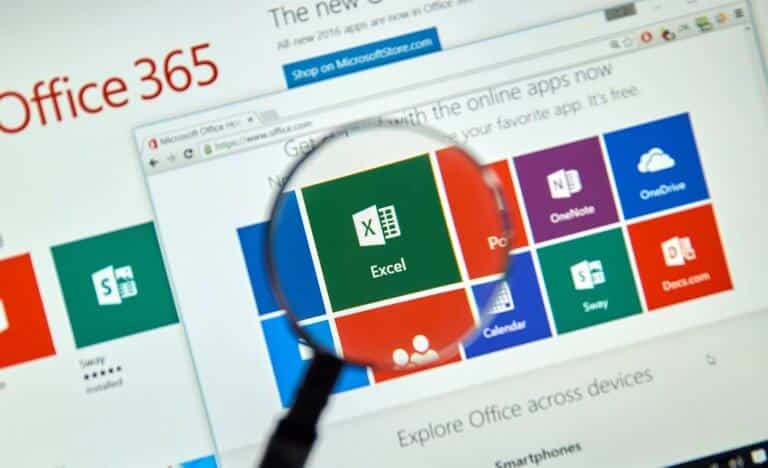Actively disengaged employees cost the American economy somewhere between $450 billion and $550 billion in productivity annually, therefore creating more engaged employees needs to be at the top of every business leader’s priority list. How does an organization create a more engaged workforce? The answer is to implement a mobile-first strategy.
A global study by the Economist Intelligence Unit (EIU) called “Mobility, Performance and Engagement“ sponsored by Aruba, a Hewlett Packard Enterprise Company, discovered a mobile-first work environment increases productivity.
The EIU surveyed 1,865 employees globally and found that organizations that were rated “pioneers” by employees with respect to mobile enablement saw a 16 percent boost in productivity, as well as increases in creativity (18 percent), satisfaction (23 percent) and loyalty (21 percent) when compared to companies that ranked poorly with respect to supporting mobile technology.
The EIU also translated 16 percent of productivity into something that everyone can understand. In a 40-hour work week, a 16 percent increase in productivity means 6.4 hours per week or 41 working days a year that can be allocated to other tasks. That’s effectively eight weeks of an increase in productivity from every employee.
Not just millennials
Another interesting factoid from the survey is that, contrary to conventional wisdom, mobility isn’t just for millennials. The survey looked at an increase in productivity across all age groups from 18-65 and found no significant differences. Rather, the increase in productivity was tied to whether the employee considered themselves an early adopter of mobile technology. Again, this is logical, as early adopters tend to be more fluent with the advanced features of mobile devices and can get more accomplished.
Of this highly mobile group, 40 percent stated they would not work for an organization that does not allow the use of personal devices in the workplace, compared with 22 percent for all employees.
The study also provided some guidance on what building a mobile strategy that increases productivity entails. Bring Your Own Device (BYOD) is an obvious component, but “mobility” extends past that. It should also include the following:
- Working anywhere, anytime: 49 percent highlighted this as the single biggest impact on their productivity.
- Ability to collaborate: 38% rated this as the most important factor affecting their creativity.
- Access to mobile information: 42% of employees are more productive due to rapid access to information.
- Workplace freedom: 29% declared workplace flexibility as the biggest contributor to employer loyalty.
There are many lessons learned in this Economist survey, but the big one for today’s CIOs is that it’s time to embrace a mobile-first strategy. In the digital business era, competitive advantage is based on speed and mobile technology, allowing employees get more work done faster than non-mobile-centric organizations.
Download the DataScope app and start now!
DataScope is a platform which allows various industries to streamline, organize and evaluate the work of their field staffs thanks to online forms, which provide real time indicators, 100% adaptable to any field.







